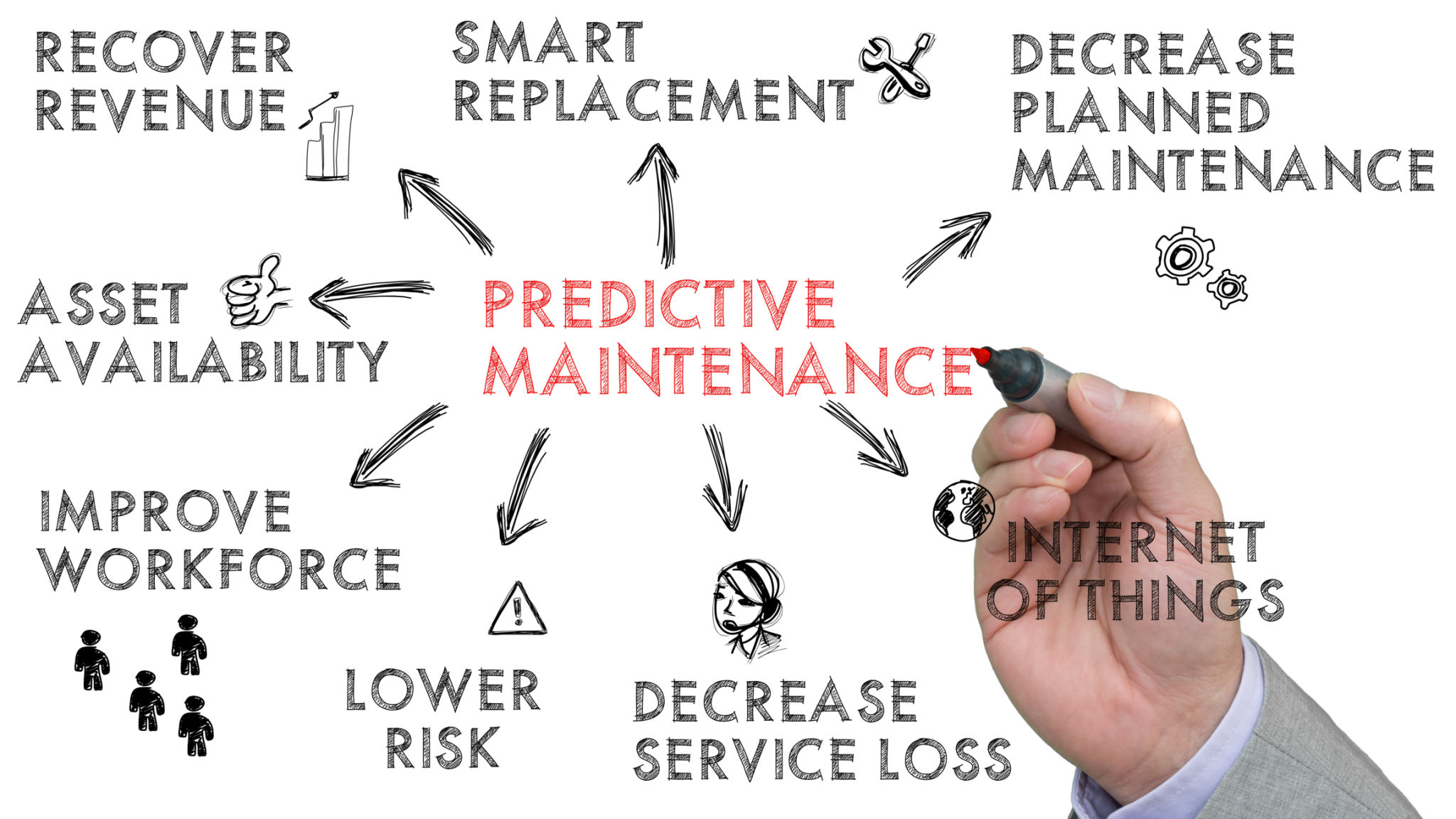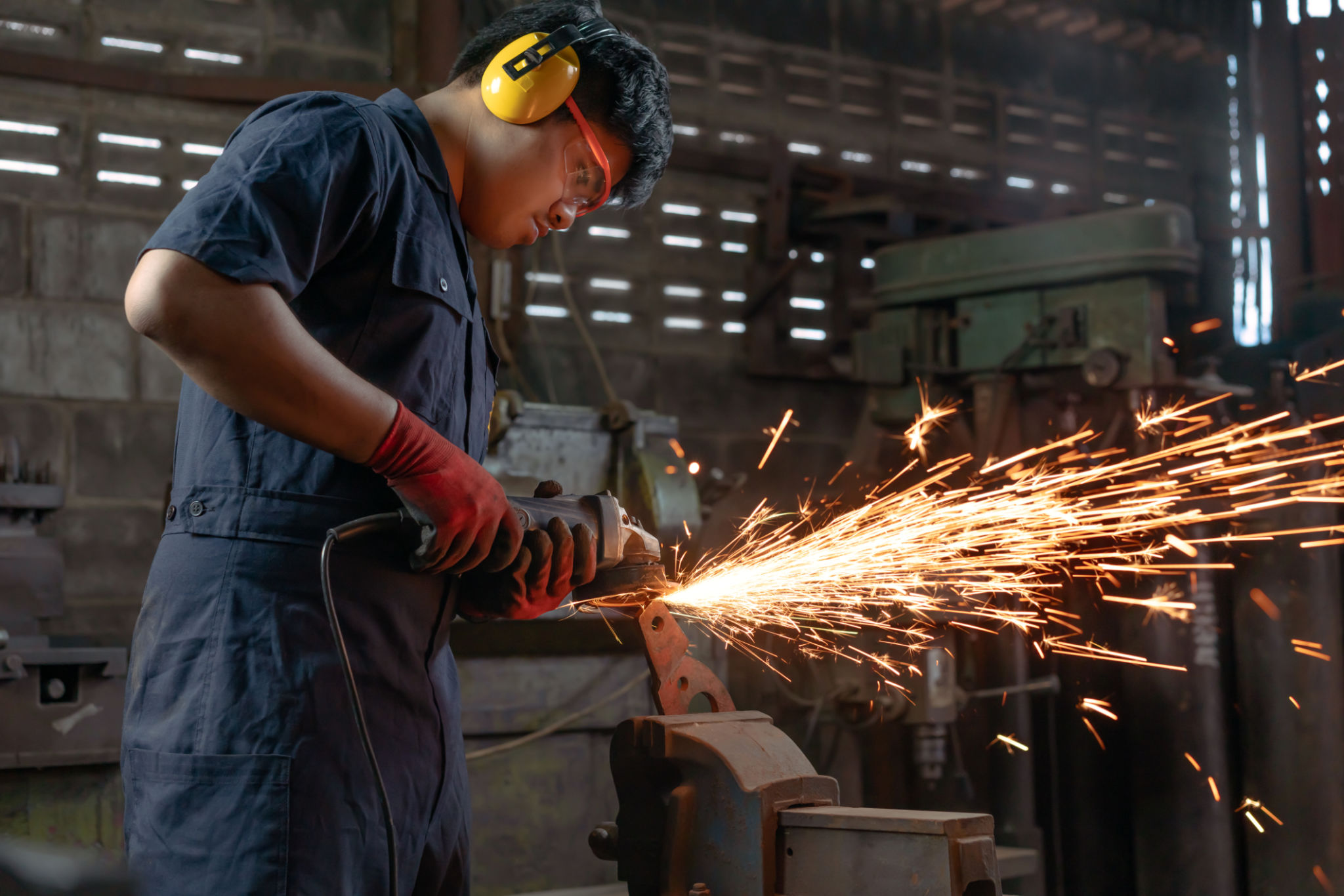The Future of Manufacturing: How Digital Twins Revolutionize Smart Factories
The Rise of Digital Twins in Manufacturing
The manufacturing landscape is undergoing a transformative shift with the advent of digital twins, a technology that is redefining how smart factories operate. A digital twin is a virtual replica of a physical product, process, or system, enabling manufacturers to simulate, predict, and optimize performance in real-time. This innovation is not just enhancing efficiency but also paving the way for a new era of production.
As industries strive to maintain competitiveness, digital twins provide a unique solution by merging the physical and digital worlds. This integration allows for comprehensive data analysis and improved decision-making processes, resulting in more agile and responsive manufacturing environments.

Enhancing Operational Efficiency
One of the most significant benefits of digital twins is the enhancement of operational efficiency. By creating a virtual model of the factory floor, manufacturers can test different scenarios and identify potential bottlenecks without disrupting actual production. This proactive approach leads to reduced downtime and increased productivity.
Moreover, digital twins facilitate predictive maintenance by analyzing data from sensors embedded in machinery. This capability allows factories to foresee equipment failures before they occur, minimizing unexpected breakdowns and extending the lifespan of machinery.

Driving Innovation and Customization
The ability to simulate various manufacturing processes opens up new avenues for innovation. With digital twins, manufacturers can experiment with different design models and production techniques without the associated risks and costs. This flexibility encourages creativity and fosters an environment where innovative solutions can thrive.
Furthermore, digital twins support mass customization by allowing manufacturers to tailor products to individual customer preferences while maintaining efficiency. By adjusting parameters within the digital twin, companies can quickly adapt to market demands, providing personalized products at scale.

Improving Sustainability and Compliance
Sustainability has become a key focus for modern manufacturers, and digital twins play a crucial role in achieving greener operations. By simulating production processes, manufacturers can identify areas to reduce waste and energy consumption, contributing to more sustainable practices.
Additionally, digital twins help ensure compliance with regulatory standards by providing detailed insights into manufacturing processes. By maintaining a comprehensive digital record of operations, companies can easily verify compliance and make necessary adjustments to meet evolving regulations.
The Future Outlook
As technology continues to evolve, the potential applications of digital twins in manufacturing are expanding. The integration of artificial intelligence (AI) and machine learning with digital twins promises even greater advancements in predictive analytics and process optimization.
Looking ahead, smart factories equipped with digital twins will become more autonomous, capable of making intelligent decisions with minimal human intervention. This evolution will not only revolutionize manufacturing but also redefine the role of human workers in the industry.

In conclusion, digital twins are at the forefront of the manufacturing revolution, offering unprecedented opportunities for efficiency, innovation, and sustainability. As smart factories continue to embrace this technology, the future of manufacturing looks promisingly interconnected and intelligent.